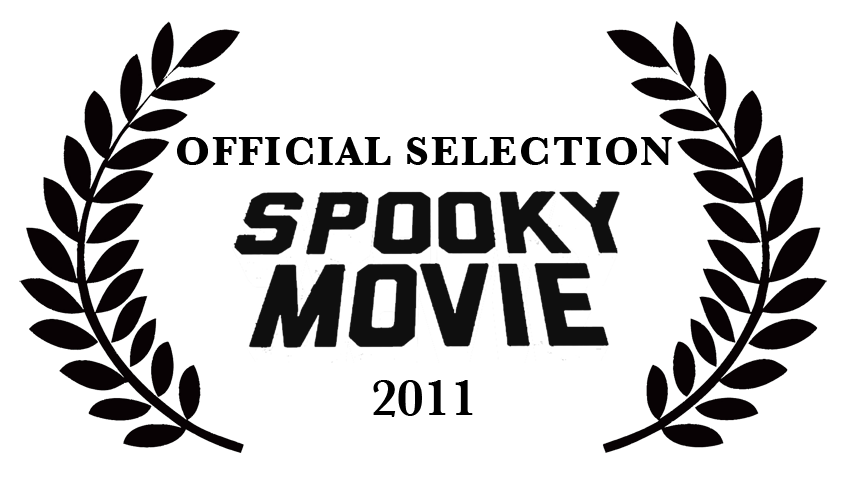22 Sep Dragon*Con – the panels
howdy friends,
so the Big Bear Lake International Film Festival was a blast! I met a lot of cool people, saw some great films and our screening went really well. it was really encouraging to see the range of people that responded to CERTIFIED – from the 6 year old boy behind me telling his dad “that was soooo cool” to the silver haired lady telling me she recognized the story from OPEN WINDOW. plus I got to hang out w/ some filmmakers I’d met at other festivals and get to know them better. (and no, the leaves had not changed yet.)
like I said last week, at Dragon*Con I went to a bunch of different panels.
I want to briefly mention a few things I learned at those…
Practical vs. CGI Effects in Filmmaking
this panel was mostly concerning set design. when should you build a physical set…and when should you construct the set digitally? there was a person from each camp, and a filmmaker who’s feature was playing at the festival.
Practical = actually building something physical. It could be a plywood set painted to look like stone or a miniature forest made out of foam and pvc pipe – but it actually really there. think the original STAR WARS
CGI = computer generated images. nothing is really “there.” think the new STAR WARS.
one thing I found really interesting was the idea that REAL props are sometimes less expensive than prop-props. for instance, the “Practical” filmmakers were building a steampunk airship and needed a nautical style ship wheel. to get the “prop” version was $400. to buy a REAL wheel was about $50. this seems a little counter intuitive, but the lesson is to be creative when making sets. go to junk shops, search ebay, visit recycling centers, etc. there is no need to limit yourself to actual “prop” sellers.
everyone agreed that the main issue with building sets was the space. it can be very expensive to find a space big enough, that you can keep long enough, to both build the sets and then shoot on. one of the panelist rented a warehouse in a rundown part of town, another used several friends basements.
personally I really like the aesthetic of physical sets. a combination of CGI and practical can be very effective and often makes the most sense. if you need a controlled apartment in NYC, but can’t go there. build the apartment, but then CGI the city out the window, or better yet – shoot a REAL shot of the city and composite it into the window…
I feel that there is something to actually physical objects that both actors and audience respond to. you could write a whole essay or book about the realness of the motion picture image…so I’m not going to get into that right now.
Dark Fairy Tales
this panel was directly after the “Vampires, What’s Next?” panel and a lot of the panelists and audience went from one to the other. it was interesting hearing the panelists give slightly different “who I am, what I’ve done” speeches for the different crowds.
as you may know if you’ve followed my blog for a bit, I’m very interested in fairy tales, myths, the supernatural, and the extranormal. so this talk was right up my alley. (a dark and creepy alley with at least one thing that goes “bump” in the night. hehe)
one of the issues many of the panelists had was with the Disney-fication of fairy tales. the original tales are pretty dark…and definitely not “G” rated in their amount of violence. they have been changed for the masses and the panelists preferred the original versions.
still it begs the question – are those original tales appropriate for small children? is it a bad thing to introduce kids to these worlds and moral messages in a more sanitized version? if they are really interested in the tales they could seek out the originals on their own, or introduced to in a English class in junior high or high school, right?
I’m not sure what the correct answer is. probably it’s a decision for parents to make depending on the particular child. that being said, I don’t think it’s an outright bad thing to have multiple versions of the tales.
anther tidbit I picked up at this panel was about antagonists. it’s important to remember that the Hero can only be as heroic and the Villain is villainous. so what makes a great villain?
one of the panels said, “a great villain is someone with good intentions that doesn’t know when they’ve crossed the line.” they used the example of Magneto from X-MEN: FIRST CLASS. here was a man that wanted justice and to protect other mutants. but the idea of justice turned into wanton bloodlust & revenge. and the goal of protecting other mutants turned into the genocide of non-mutants. his original goals were not inherently evil, but he was not able to maintain his righteousness. this is a common element of Tragedies too, where the protagonist descends into evil & eventual ruin.
it’s interesting to think of the Antagonists as the hero of their own tragic tale.
—-
I know that’s just two little stories from the panels, but I think it gives a good idea of the breadth and depth of the offerings at these conventions. I LOVE going to these sorts of things and listening to other artists & creators talk. there is a wealth of knowledge and experience out there, and conventions are a great place to find it in a concentrated form.
—
here is one of my favorite shorts from the convention. it’s something that is was both shot with “practical” effects and is a dark fairy tale – that’s suitable for children.
“Bedtime for Timmy”
-Luke
p.s. one more festival announcement…
Spooky Movie International Horror Film Festival, Washington D.C.



No Comments